So How Old is it Anyway?
This post was a real bitch to research. Each successive layer of information contradicts the last. As near as I can figure, here’s a rough timeline for our busted pillar.
318- Synagogue begun.
379-Rebuilt Synagogue unfinished but open.
Emperor Theodosius criticized by the Bishop of Milan, St Ambrosius, for allowing “A synagogue in the heart of the Queen of Cites”
395 Synagogue burned. Repaired, but when?
450 457 Synagogue converted into Church by Theodosius II at insistence of Pulcheria. Consecrated: Theotokos in Chalkoprateia
476 Theotokos damaged in great fire.
484 Theotokos repaired by Empress Verina. Emperor Zeno took some credit.
532 Nika Rebellion burned Hagia Sophia II. Theotokos seat of Patriarch until Hagia Sophia III – the present one – opened in 537.
c570 Theotokos damaged in an earthquake and repaired by Justin II.
867-886 after the Iconoclasts were gone, dome of Theotokos was redone. Lavish redecoration including gold doors.
11th century: Gold doors, etc sold to finance resistance to Norman invasion.
1204-1261 Theotokos converted to a cathedral known as Sancta Maria de Cinctur or Holy Mary of the Shingles.
1484 By order of Lala Hayrudin, the church was converted into a mosque, but what was it called?
1755 Vizier Mehmet Said Pasha placed the pulpit in Zeynep Sultan.
1814 The Basilica was called either Sayyid Umar Agha Mosque OR Acem Aga Mescidi Mosque, described as being built next to a fountain.
1936 Derelict and abandoned.
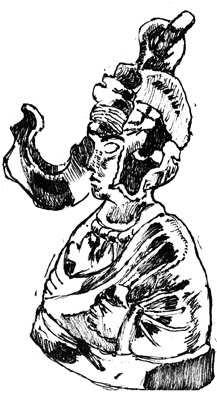
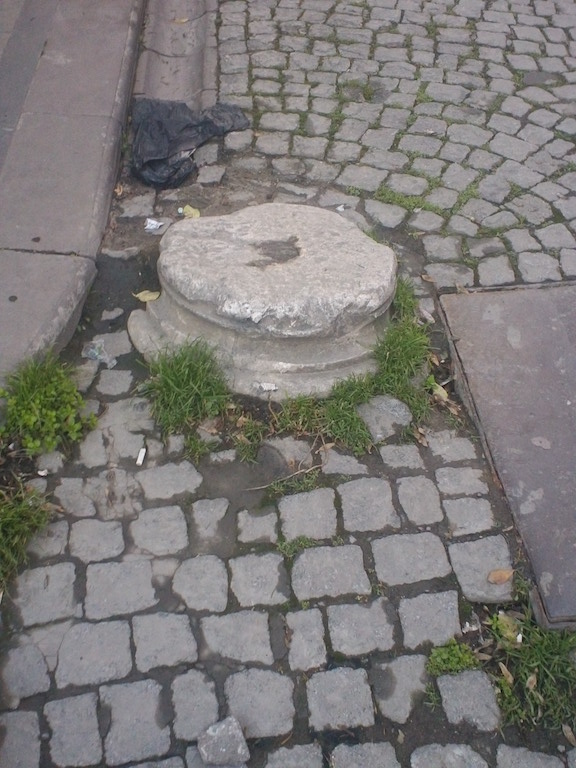
The only piece that doesn’t fit is that ragged old ruin above the Cistern. I found out what it is, but that’s another post.
Since this was originally written in 2014, more mysteries have surfaced. Here is what was glimpsed with a flashlight through a chink in a wall.
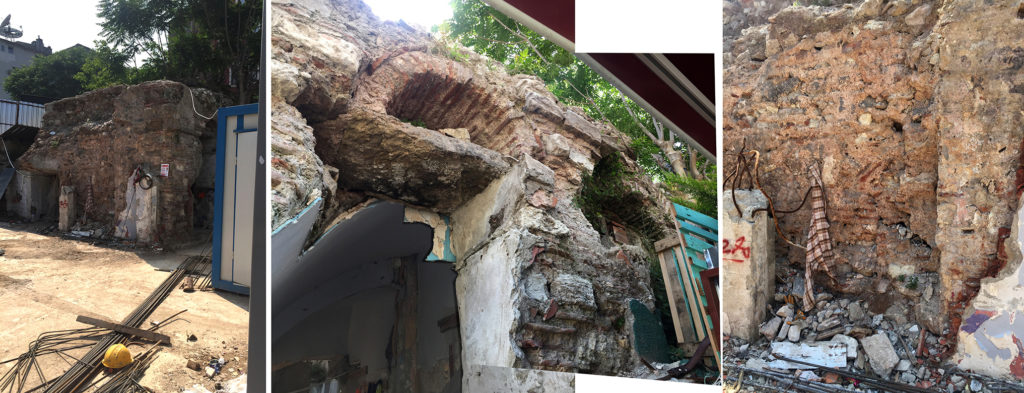
This overgrown chunk of Byzantium was under one corner of an immense ugly building at the corner of Alayköşkü Sk and the ‘high, cool, grey, waiting street: Küçük Sk. Mercifully it has been torn down. God knows what will replace it. And finally, a bonanza: just before Pandemic Lockdown in February 2020, I was able to draw this magnificent Byzantine façade, most probably also part of the Theotokos Complex. It was revealed when the building adjacent was torn down. Remember that chunk of wall back at the beginning of the post? Pink plaster torn to show very old stonework? It’s the uphill side of that building. In front of the gaping hole left by the torn-down edifice is an Ottoman hamam dating to 1563, in use -first by Janissaries, then Turkish soldiers- until about 2000. A door connected the Byzantine facade to the hamam, so these three documentary drawings are titled “The Thousand-Year Door.”
THOUSAND YEAR DOOR SIDE
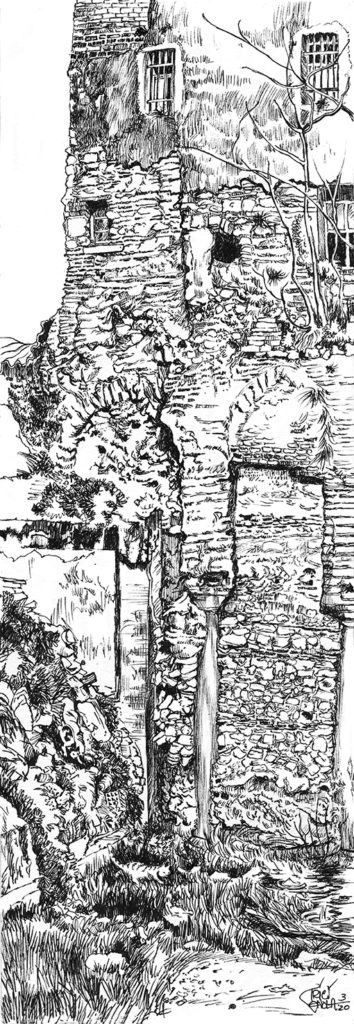
They had built right onto the antiquities. God knows what occupied the gaping hole in the ground. This section is to the right of the next drawing.
THOUSAND YEAR DOOR FULL FRONTAL

THOUSAND YEAR DOOR ITSELF
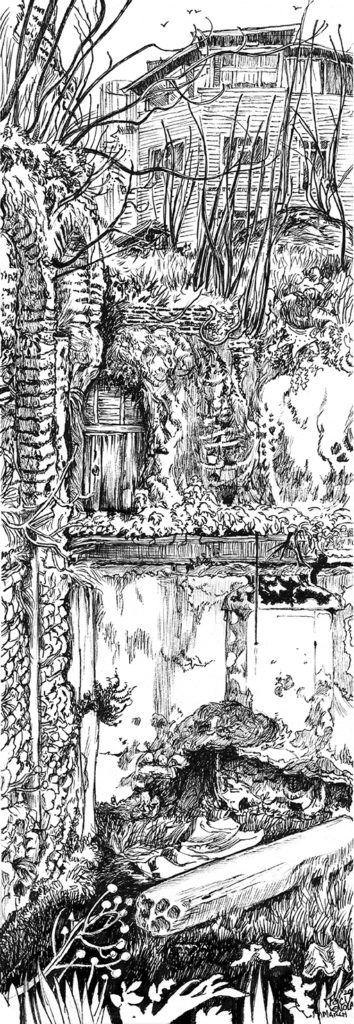
The hamam is under the domes behind the weeds, behind that little wooden door. I picture the door open, steamy naked Turkish soldiers cavorting with Byzantine ghosts, but that’s just me.
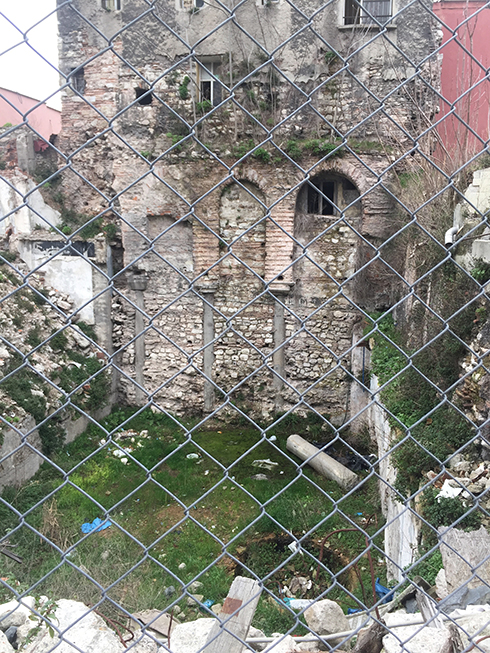
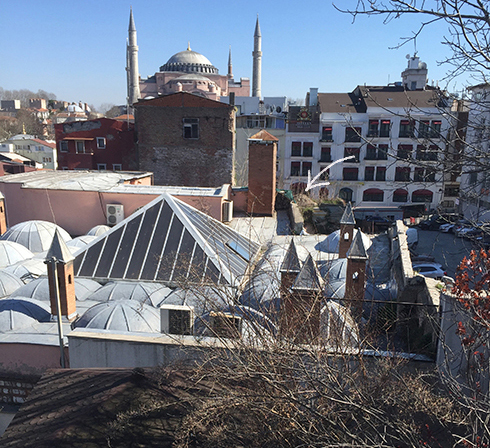
Here’s the location, which is why I think it’s part of Theotokos in Chalkoprateia.
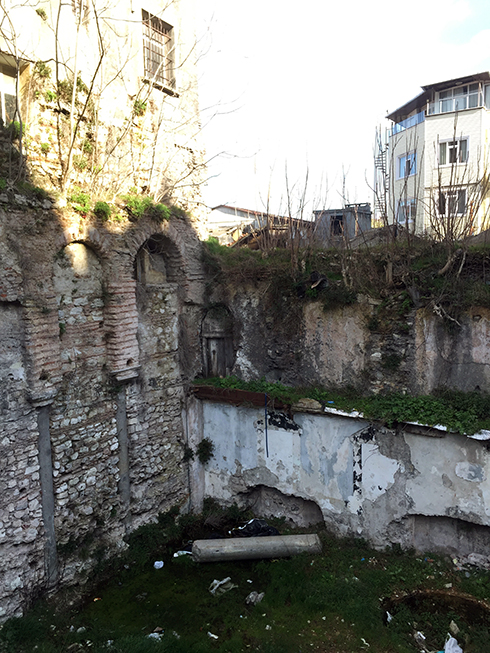
So why, why is this important? It isn’t even my history. I haven’t a drop of Jewish, Greek, or Turkish blood. So what. The history of this place is beyond any one people: it’s the history of the whole world. As a friend says, it’s a matter of respect. Hell, it’s a matter of awe. Seventeen hundred years of toil and care, smoke and love and holy water, men and women in anguish and triumph– it matters. It matters so much that there was a temple here, that there was art here, that there was worship here. Blood of sacrilege, blood of sacrifice, Blood of the Lamb…That high, stone-cool waiting feeling of the streets in the dead quiet of night is from layers and layers of living that all happened here, a concentration of experience. If you say Constantinople over and over, faster and faster, slurring the sounds, it becomes Istanbul. To paraphrase Casablanca, it’s like any other place, only more so. Our parking lots are really cathedrals.
All drawings Plein Air by Trici Venola, ©2000-2020. Early Christian artifacts drawn at the New York Metropolitan Museum of Art, the Archeological Museum in Istanbul, the Archeological Museum in Antalya. For purchase of sketchbooks and other original art, contact me at triciv@gmail.com.
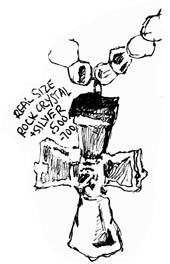
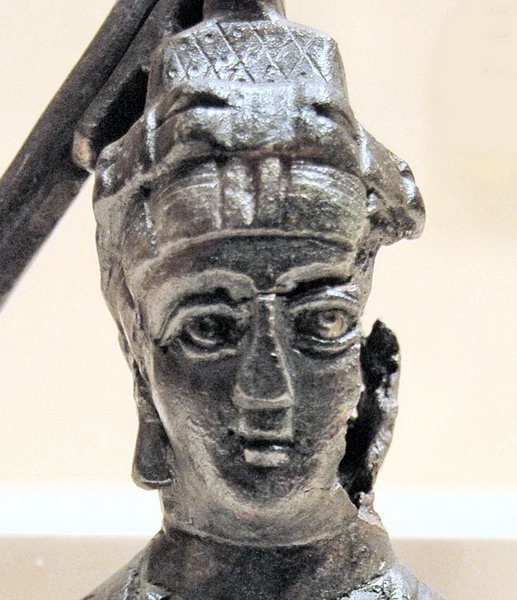
Special thanks to Suleyman, custodian of the Last Wall of Theotokos in Chalkoprateia, next to his terrace at Alemdar Restaurant. Their Dervish show is aces. Special thanks to the custodians of St Jacob’s Chapel, who wish to remain anonymous. Thanks to the friendly fellows at the parking lot next to the Thousand Year Door. And thanks to all the Byzantine scholars who have generously made their work readily available, on the Internet, to someone not affiliated with any university. We are none of us much without the others.